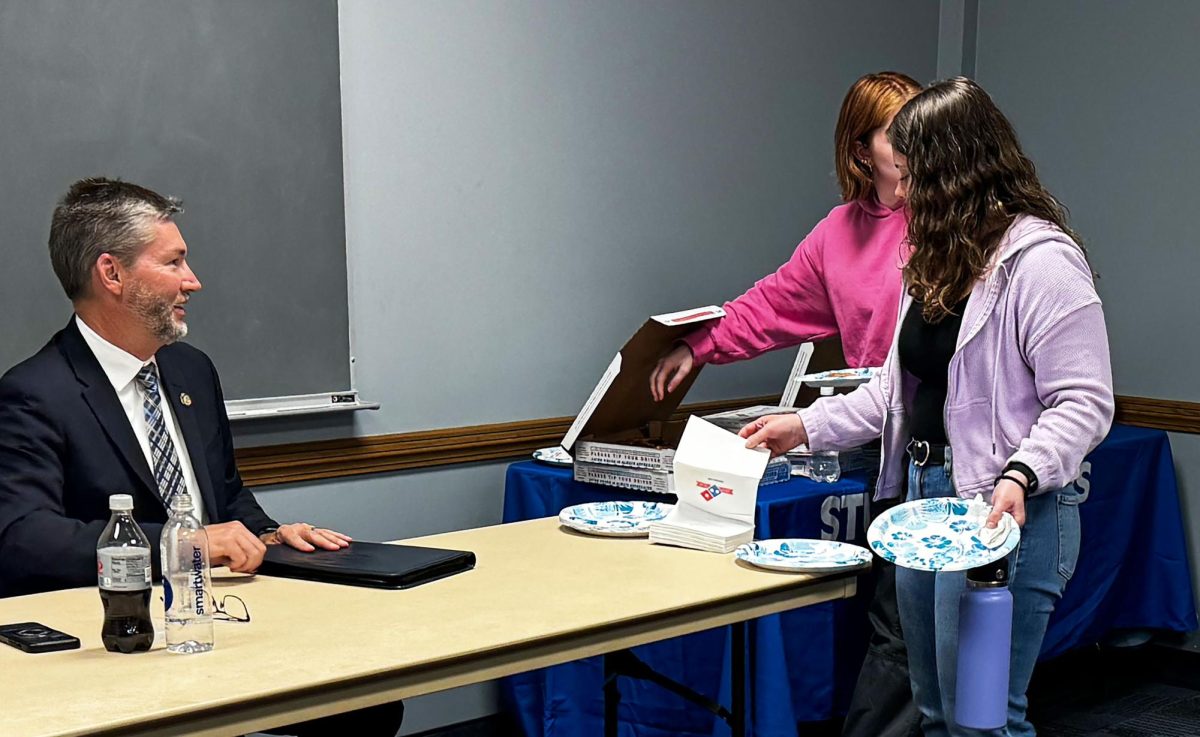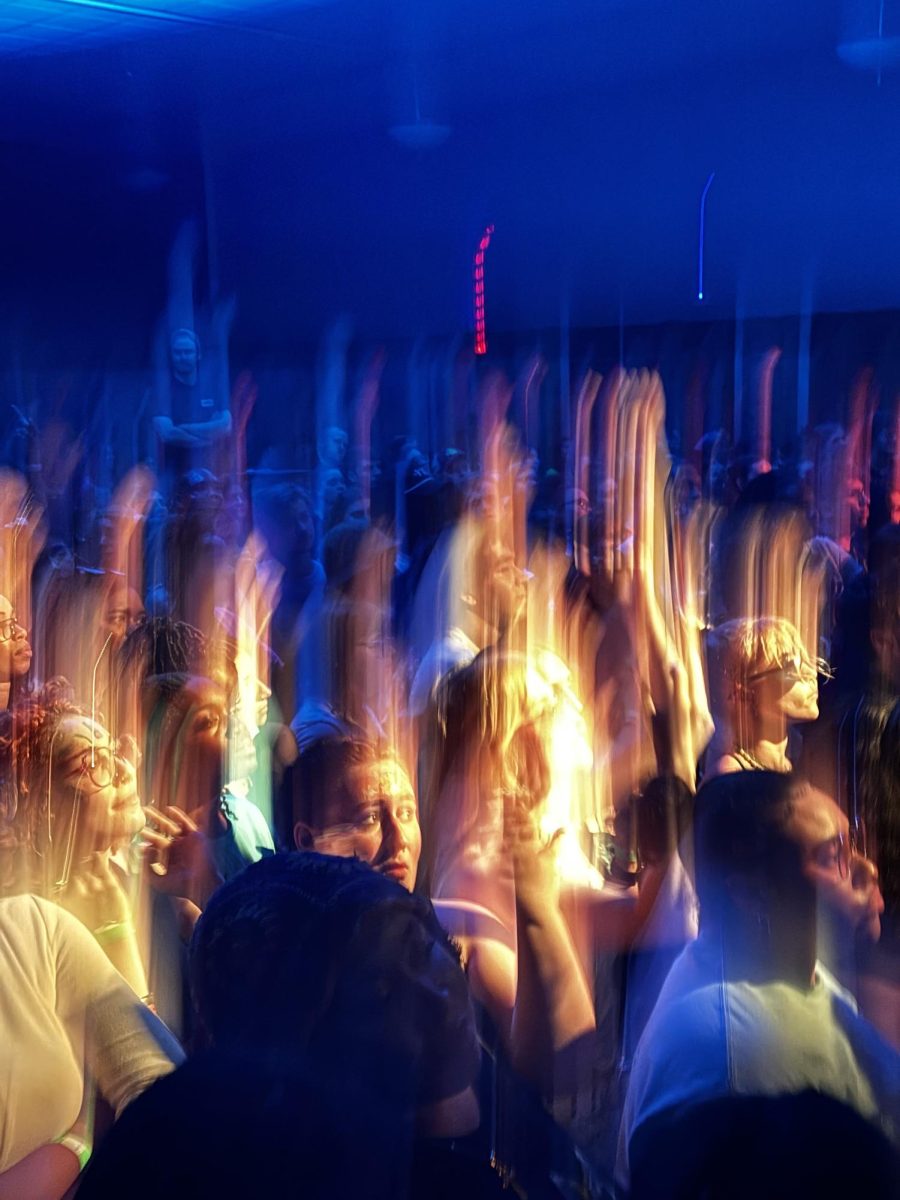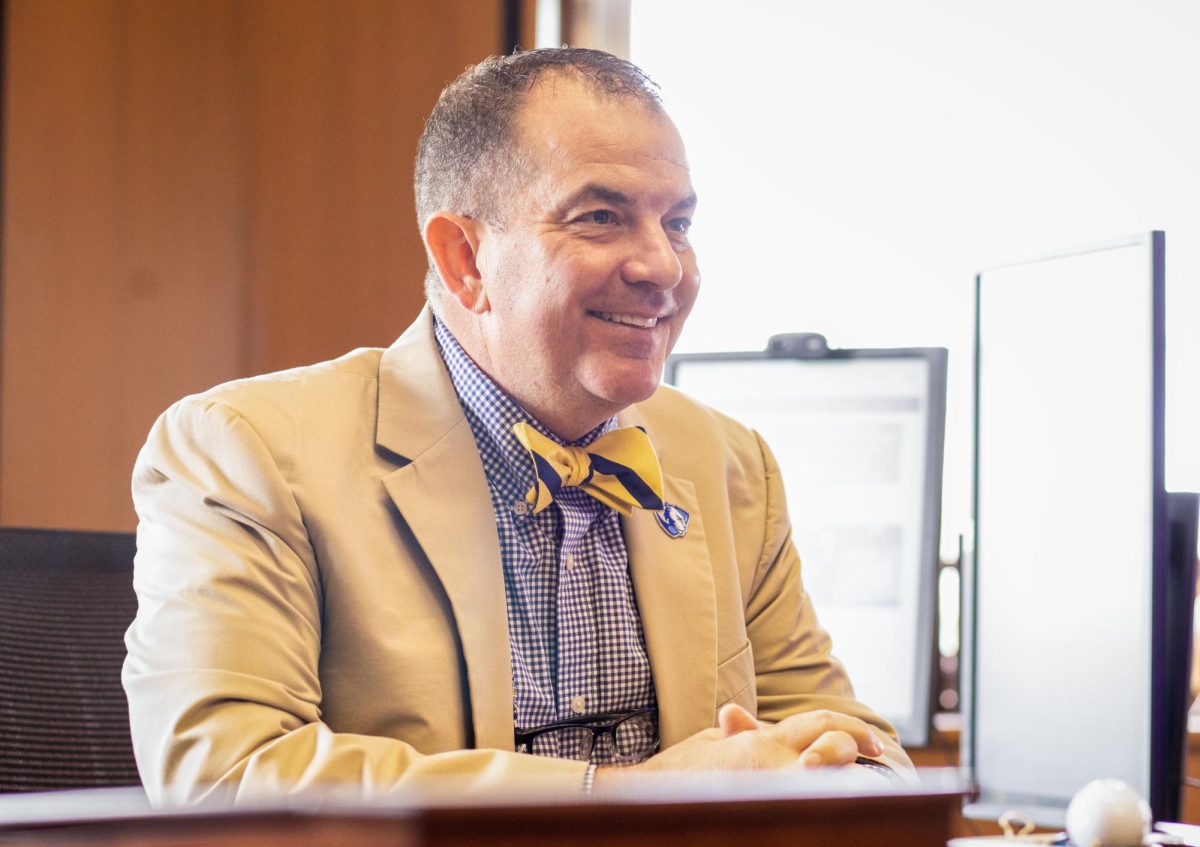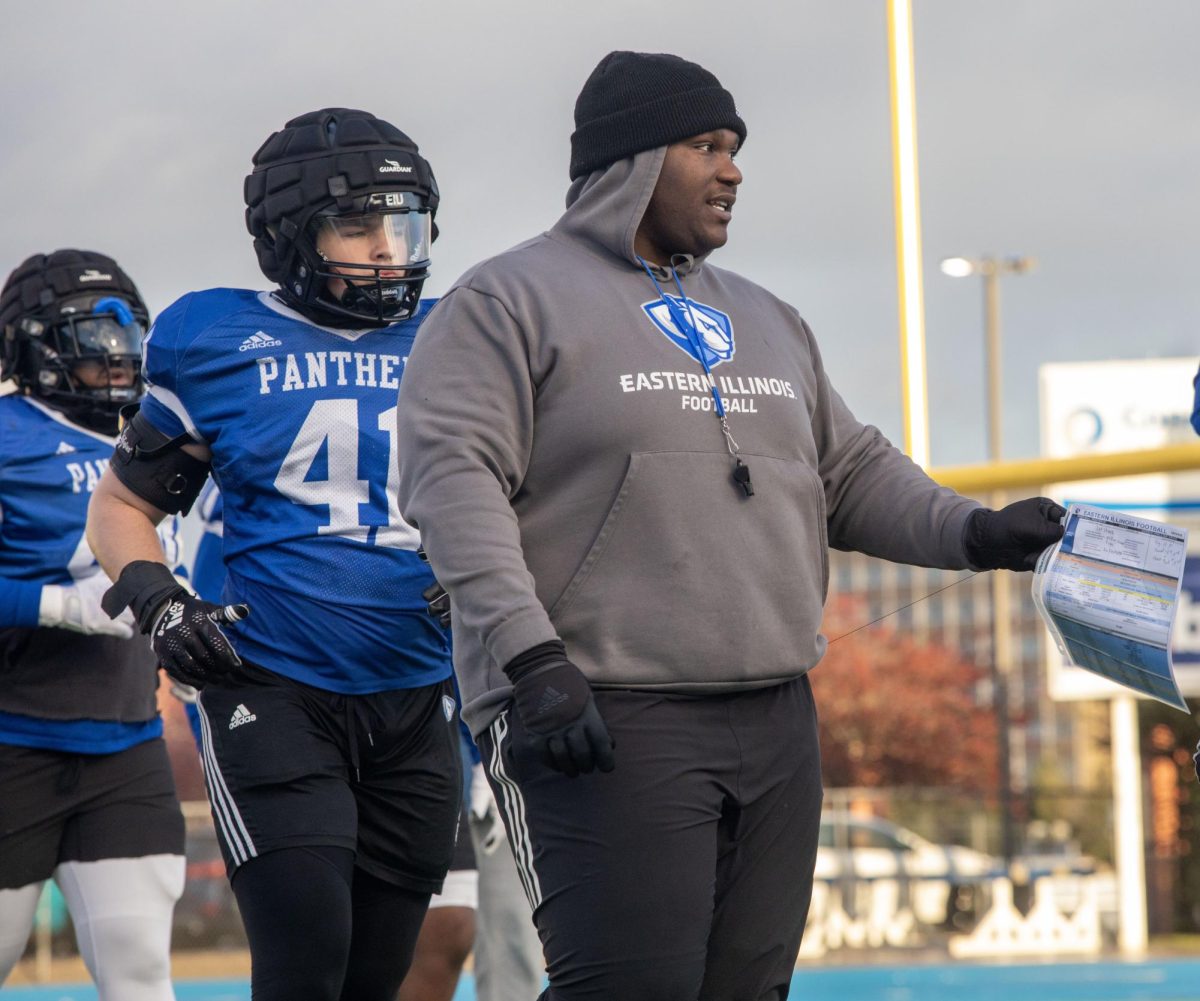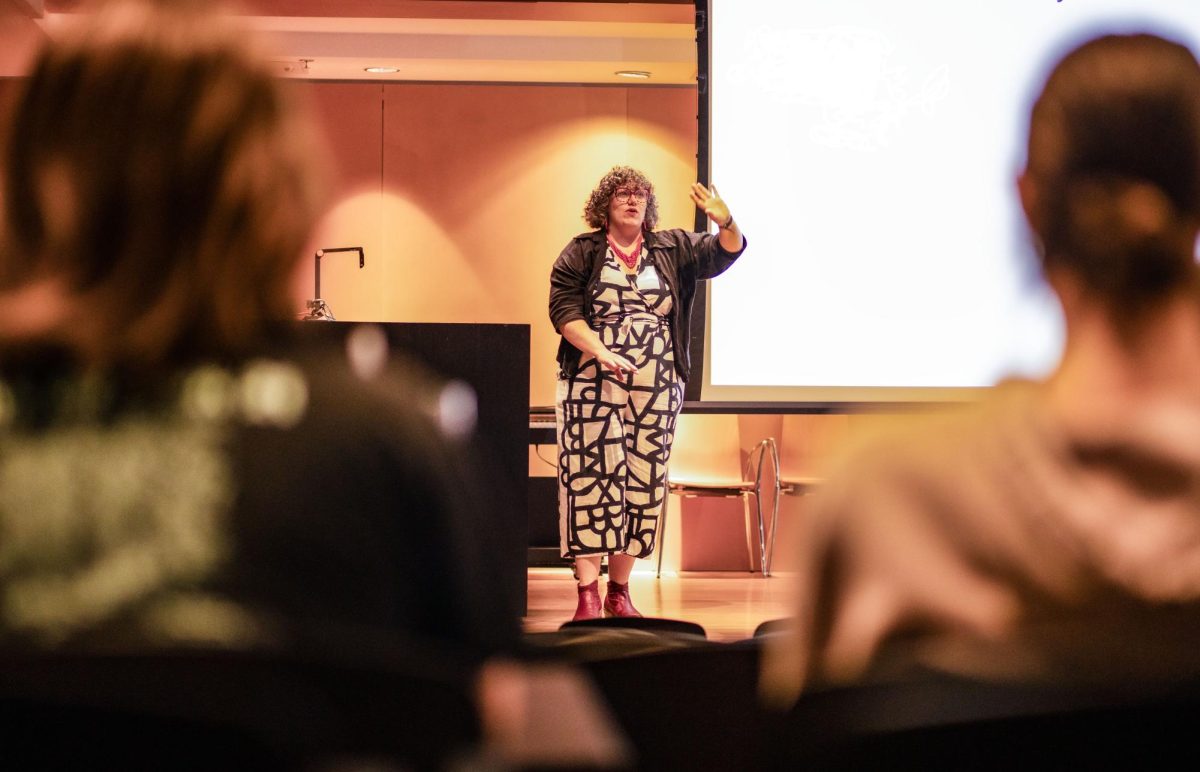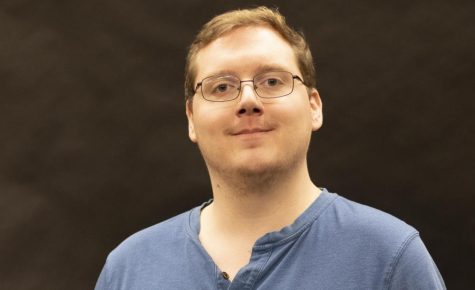Column: ‘After Hours’ a hidden gem by Martin Scorsese
April 19, 2021
Martin Scorsese has made so many great films in his career it is hard to believe that there is a film he made in the middle of his illustrious career that I had never even heard of.
It is 1985’s “After Hours,” a dark comedy made by Scorsese between “The King of Comedy” and “The Color of Money.”
It is definitely different than some of Scorsese’s most well-known films like “Taxi Driver,” “Raging Bull” and “Goodfellas,” but in its own odd way, “After Hours” is just as good as these legendary films.
It follows a word processor in New York named Paul Hackett (Griffin Dunne) who meets a woman in a coffee shop one night after work.
She gives him her number, and he calls her once he gets home. She invites him to her loft in SoHo.
He decides to go, and what follows is the worst night of Paul’s life.
Over the next several hours, he loses all his money, gets stranded in the rain without subway fare, witnesses a suicide, gets mistaken for a burglar, is pursued by a vigilante mob, has part of his head forcibly shaved and has several adventures involving papier-mâché, BDSM, punk-rock nightclubs and an ice-cream truck.
It is hard to explain exactly how many things go wrong for Paul, and how wrong they go, but at one point he drops to his knees in the middle of the street and yells toward the sky, asking what he did to deserve it.
“After Hours” is a comedy, I guess. It has several genuinely funny moments and a relatively happy ending. But at the same time, the whole movie plays like a nightmare.
It is also extremely well crafted, as should be expected by a Scorsese movie.
It is much shorter than Scorsese’s best films, coming in at just over 90 minutes, but the pacing is nearly flawless.
Scorsese and his longtime editor Thelma Schoonmaker are able to build real tension as Paul’s night deteriorates, and by the end I was nearly worn out, but in a good way.
It was also the first time Scorsese collaborated with the great German cinematographer Michael Ballhaus, who would work with Scorsese many more times over the next three decades, including on “Goodfellas,” “Gangs of New York” and “The Departed.”
When someone has made as many movies as Scorsese, I guess it is only natural that some would fall through the cracks.
“After Hours” is one that should not have.
It deserves to be considered among Scorsese’s best work.
Adam Tumino is a senior journalism major. He can be reached at 581-2812 or [email protected].




